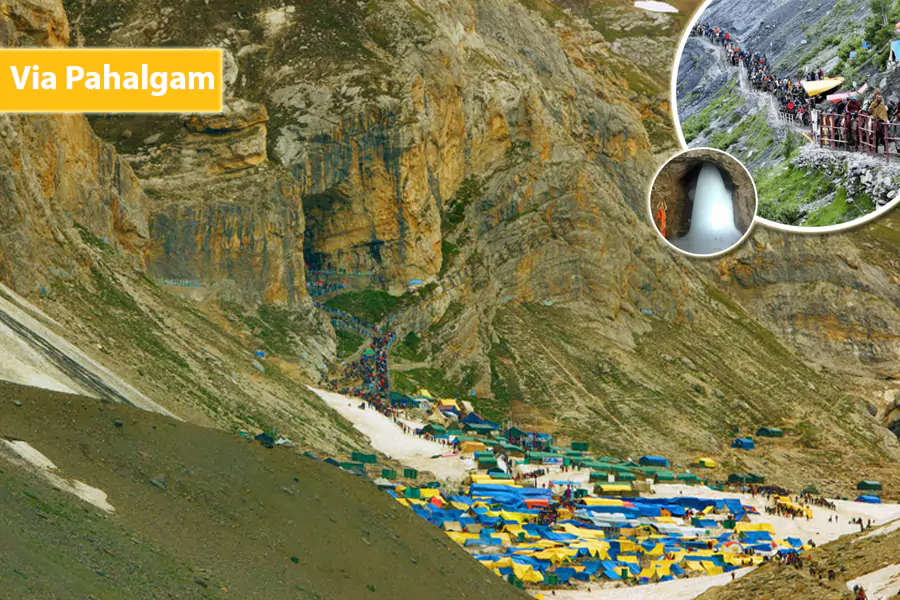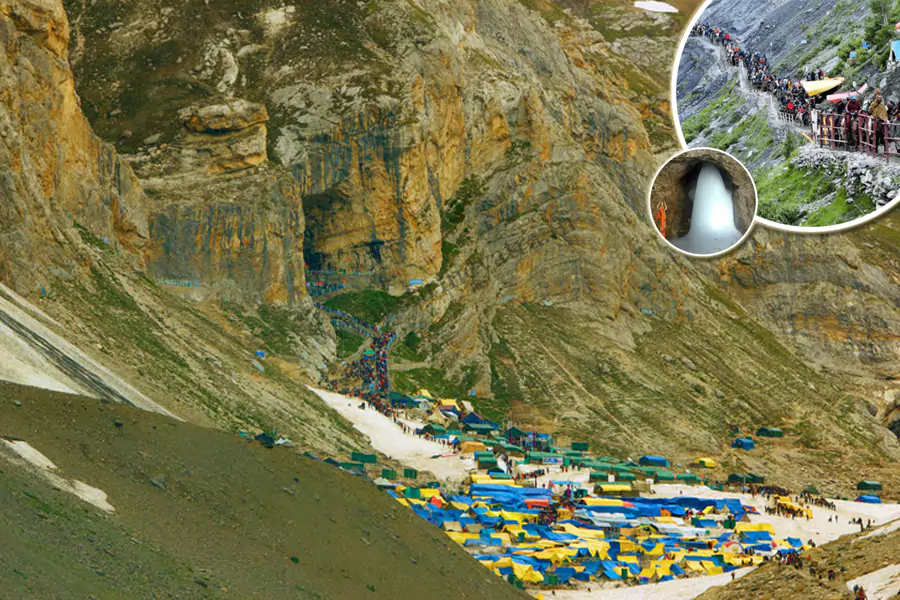
Discover the Historical and Cultural Links of Badrinath | A Complete Guide
Badrinath, one of the most revered pilgrimage destinations in India, holds a unique position due to its historical and cultural links. Known for its rich past and profound spiritual significance, this sacred site offers a glimpse into India’s vibrant heritage. From its mention in ancient scriptures to its continued relevance in modern Hinduism, the historical and cultural links of Badrinath are unparalleled.
The Religious Foundation of Badrinath
Badrinath is renowned for its religious importance, primarily as the abode of Lord Vishnu. According to legends, Lord Vishnu meditated here in the guise of a hermit, under the Badri tree. This deep connection forms the foundation of the historical and cultural links of Badrinath, making it a spiritual epicenter for devotees.
For official temple opening dates, refer to Uttarakhand Tourism.
Historical Origins
Badrinath finds mention in ancient scriptures like the Vedas, Puranas, and Mahabharata. Adi Shankaracharya, the great Indian philosopher, played a pivotal role in reviving this site in the 8th century, establishing it as a key destination for spiritual seekers.
Architectural Significance
The Badrinath Temple is a marvel of North Indian temple architecture. Its striking facade, adorned with colorful carvings, stands out against the snow-capped peaks. The sanctum, with its intricately designed idol of Lord Vishnu, symbolizes the artistic and spiritual mastery of ancient India.
Festivals and Cultural Significance of Badrinath
The vibrant festivals celebrated in Badrinath, such as Badri Kedar Utsav, underscore its cultural significance. These events, rooted in centuries-old traditions, are a testament to the enduring historical and cultural links of Badrinath.
Cultural Practices and Festivals
Badrinath is alive with festivals like the Mata Murti Ka Mela and Badri Kedar Utsav, which showcase the region’s vibrant cultural heritage. Devotees engage in time-honored rituals, connecting deeply with their spiritual roots.
Badrinath as Part of the Chardham Yatra
As one of the four sacred sites in the Chardham Yatra, Badrinath is indispensable for those seeking moksha (liberation). This pilgrimage forms a spiritual journey that unites millions in devotion.
Legends Surrounding Badrinath
The story of Nar-Narayan’s penance and the tale of Lord Vishnu transforming into a hermit underlines the spiritual gravitas of Badrinath. These legends continue to inspire devotion and awe.
Impact of Geography on Its Cultural Links
Set against the majestic backdrop of the Himalayas, Badrinath’s location amplifies its spiritual significance. The natural beauty enhances the aura of peace, making it a haven for meditation and self-discovery.
Badrinath in Indian Literature and Art
From the verses of ancient scriptures to modern artistic interpretations, Badrinath has been a muse for poets, writers, and artists, celebrating its grandeur and sanctity.
Role in Modern-Day Hinduism
In contemporary times, Badrinath remains a vital part of Hindu identity, symbolizing faith, devotion, and the unbroken link between past and present traditions.
Preservation of Heritage
Efforts by local authorities and devotees ensure the preservation of Badrinath’s historical and cultural essence. Restoration projects and eco-friendly practices aim to maintain its sanctity.
Badrinath in Global Context
Badrinath attracts visitors from across the globe, fostering cultural exchanges and showcasing India’s spiritual heritage on the world stage.
Tourism and Its Impact
While pilgrimage tourism boosts the local economy, it also presents challenges. Striking a balance between tourism and preservation is crucial for sustaining Badrinath’s legacy.
Spiritual Experience for Visitors
A visit to Badrinath is more than a journey; it’s a transformative experience. The serene environment, coupled with devotional activities, leaves a lasting impression on every visitor.
Conclusion
Badrinath is not just a place; it’s a spiritual phenomenon that transcends time. Its historical and cultural links make it an invaluable jewel of India’s heritage. Preserving Badrinath ensures that its legacy continues to inspire generations.
FAQs
- Why is Badrinath important in Hinduism?
Badrinath is considered the abode of Lord Vishnu and a vital part of the Chardham Yatra, symbolizing spiritual salvation. - What is the history of the Badrinath Temple?
The temple’s origins trace back to ancient scriptures and were revived by Adi Shankaracharya in the 8th century. - How does Badrinath connect to the Chardham Yatra?
It is one of the four sacred sites in the Yatra, representing spiritual purification and liberation. - What are the main festivals celebrated in Badrinath?
Festivals like Mata Murti Ka Mela and Badri Kedar Utsav highlight its cultural vibrancy. - Is Badrinath significant for non-Hindu visitors?
Yes, its historical, architectural, and cultural significance attracts visitors from all backgrounds.
For detailed packages, visit our Badrinath Yatra Packages page.











